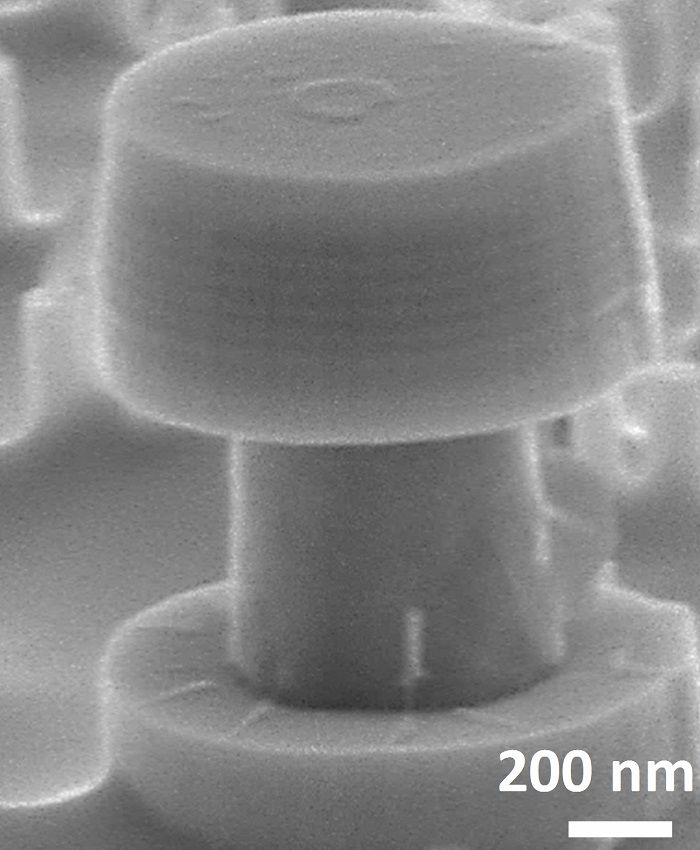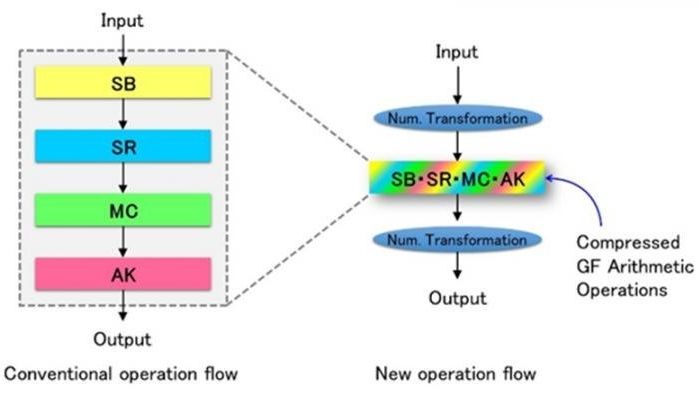Aug 22, 2016
Relativity Predicts Universal Wormhole
Posted by Karen Hurst in categories: cosmology, quantum physics
Matterless wormhole theory predicts a potential universal wormhole. Researcher James Goetz theorizes that extra-dimensional relativity indicates a possible omnicluster of matterless wormholes or in other words a universal wormhole. Amazing properties of the wormhole include no dimensions and zero distance to all points in the universe. Moreover, a hypothetical observer in the wormhole could observe a universal chronology despite the relativity of time. This modifies the theory of relativity.
The theory is part of Goetz’s introduction to the natural theology called semiclassical theism. Goetz proposes a model of God, time, and creation that fits with modern physics, such as relativity, quantum mechanics, quantum gravity, Big Bang cosmology, zero-energy universe and multiverse geometry. This is a theory of everything.
Apart from physics, the universal wormhole theory helps to explain the theology of divine omniscience and omnipresence. Also, semiclassical theism proposes that God is omnipresent in tenseless eternity and tensed creation.

















